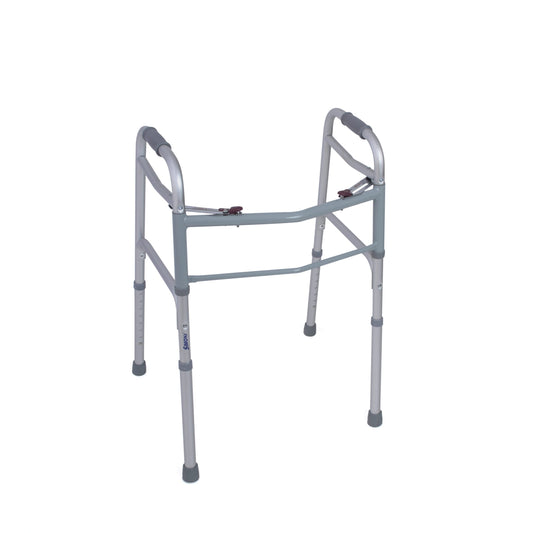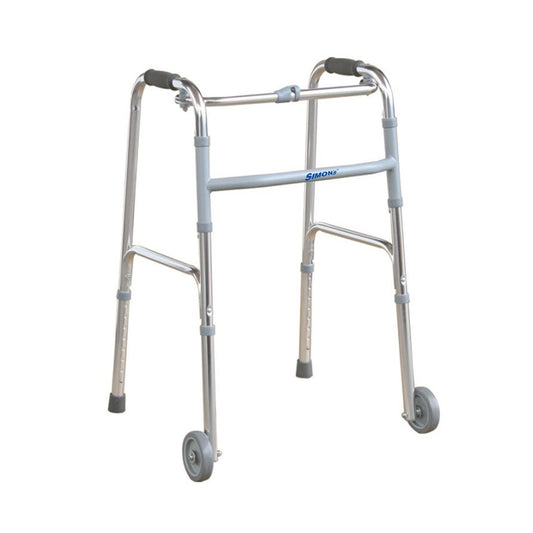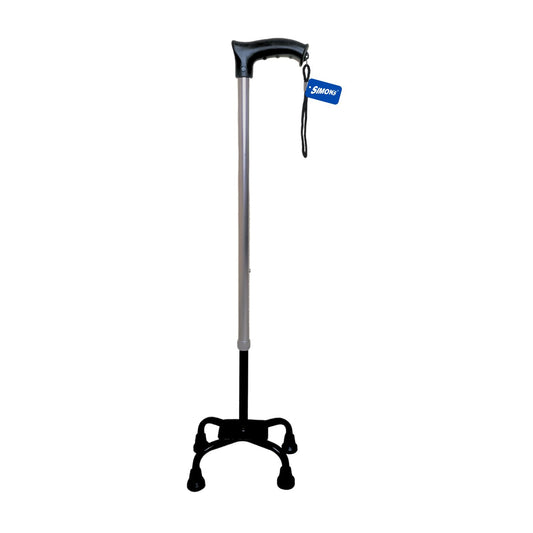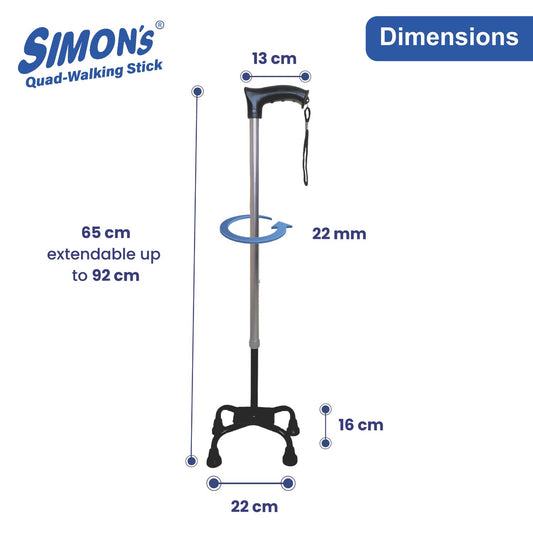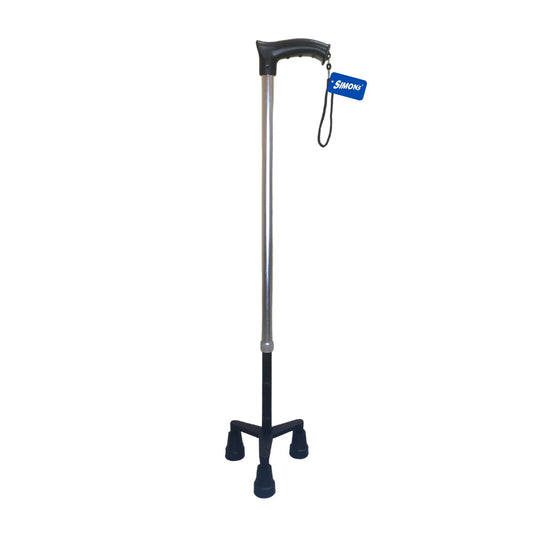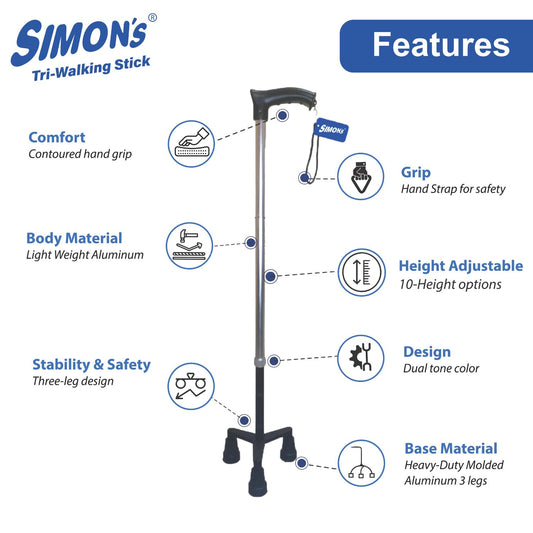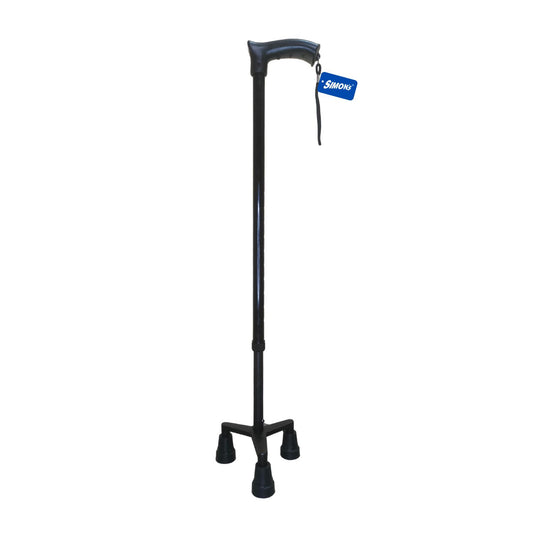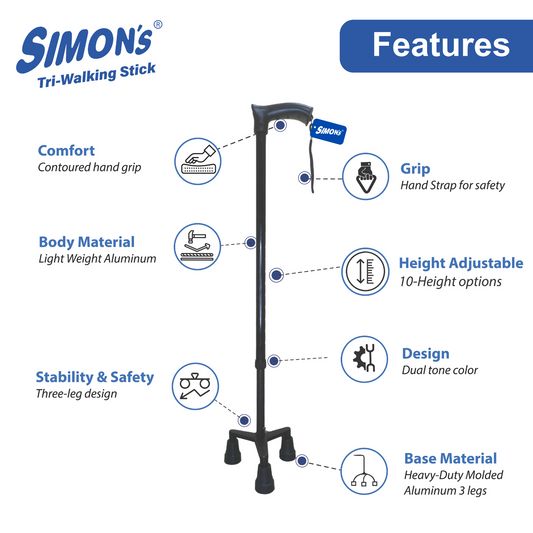Collection: Walkers
-
Simon's Foldable Walker With wheels
Regular price ₹ 4,123.00Regular priceUnit price / per₹ 4,500.00Sale price ₹ 4,123.008% OFF -
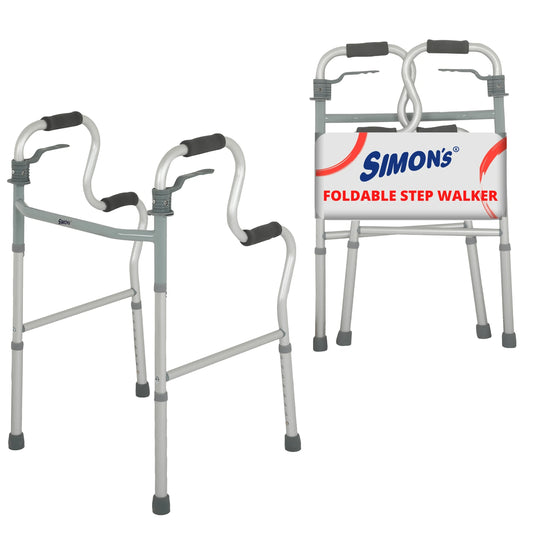
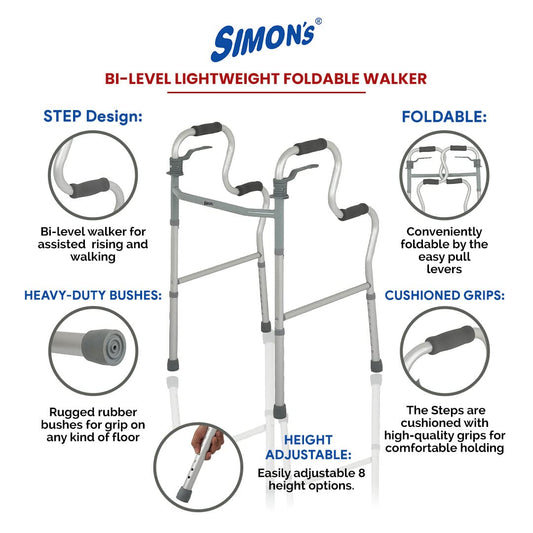 12% OFF
12% OFFSimon's Foldable Step Walker
Regular price ₹ 3,500.75Regular priceUnit price / per₹ 4,000.00Sale price ₹ 3,500.7512% OFF -
Simon's heavy-duty lightweight foldable walker
Regular price ₹ 3,180.60Regular priceUnit price / per₹ 3,800.00Sale price ₹ 3,180.6016% OFF -
Simon's heavy-duty front wheel lightweight fold...
Regular price ₹ 3,714.50Regular priceUnit price / per₹ 4,000.00Sale price ₹ 3,714.507% OFF -
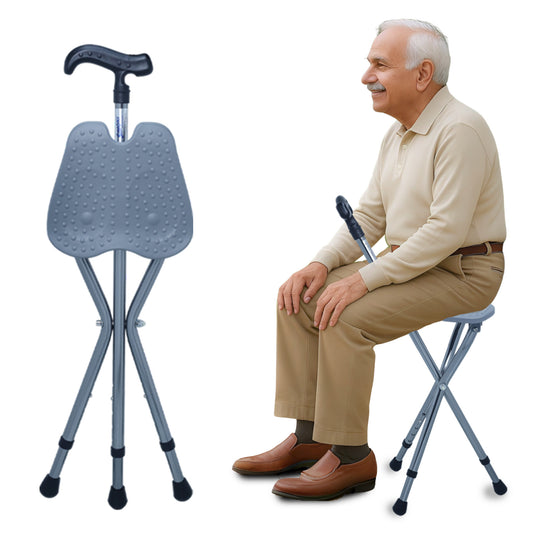
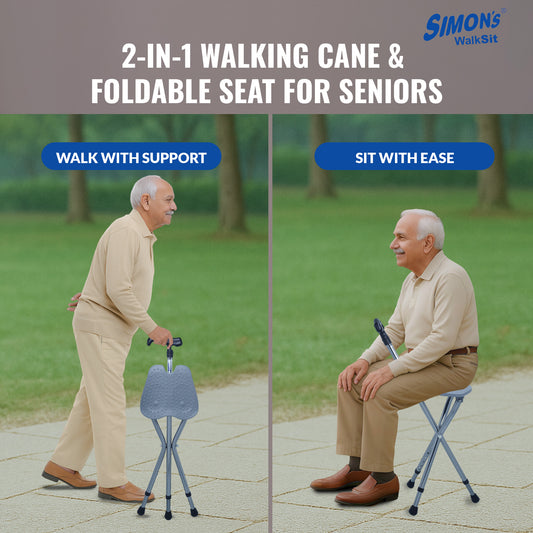
Simon’s WalkSit Walking Stick with Seat Height Adju...
Regular price ₹ 1,998.00Regular priceUnit price / per₹ 3,499.00Sale price ₹ 1,998.00Sold out -
Simon’s Aluminum Walking Stick 4-Legs with Steel Ba...
Regular price ₹ 853.10Regular priceUnit price / per₹ 1,080.00Sale price ₹ 853.10Sold out -
Simon’s Aluminum Walking Stick with 3-Legs | Lightw...
Regular price ₹ 853.10Regular priceUnit price / per₹ 1,050.00Sale price ₹ 853.10Sold out -
Simon’s Aluminum Walking Stick with 3-Legs | Lightw...
Regular price ₹ 853.10Regular priceUnit price / per₹ 1,050.00Sale price ₹ 853.10Sold out






